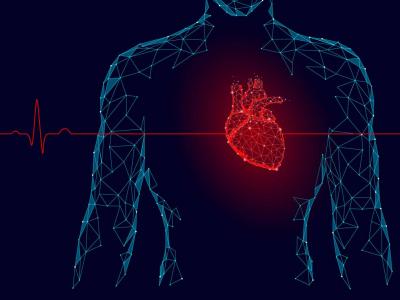Approximately half a million people die each year in the United States due to sudden cardiac death (SCD), which occurs due to a malfunction in the electrical system of the heart muscle. Cardiomyopathy resulting from arrhythmias is one of the main causes of sickle cell disease among young athletes.
This hereditary disease involves the gradual replacement of healthy heart muscle tissue with fibrotic tissue filled with fat and scars over time. Researcher Stephen Schilko, an assistant professor in the Department of Biomedical Sciences at Florida State University's College of Medicine, has developed a better understanding of the pathological characteristics underlying the disease, as well as promising preventive measures. His findings were published in the current issue of the prestigious journal Science Translational Medicine.
Schilko indicates that individuals with sickle cell disease possess a mutation that causes irregular heartbeats, which are typically non-lethal if properly managed and treated. However, engaging in intense physical exercise not only exacerbates the arrhythmia problem but also causes widespread cell death, leaving athletes with no choice but to avoid participating in sports that are meant to be a healthy and worthwhile endeavor. Schilko stated, "There is a terrible paradox here; while exercise provides heart health benefits, it causes cell death in patients with sickle cell disease. We now know that endurance exercises, in particular, lead to widespread muscle cell death due to mitochondrial dysfunction in those suffering from this hereditary heart disease."
In fact, there are thousands of mitochondria in nearly every cell in the body, which process oxygen and convert food into energy, serving as the power source for all cells. They produce 90% of the energy our bodies need to function properly, and they also play another important role as antioxidants. Due to mitochondrial failure and the resultant muscle cell death in the heart, healthy muscle is replaced by scar tissue and fat cells. Eventually, the natural electrical signals reaching the muscle are diminished, leading to arrhythmias and reduced blood flow to the lower chambers, impairing the ability to pump blood properly during strenuous exercise. Without immediate medical intervention, a person can die within minutes.
In addition to providing a better understanding of the involved processes, Schilko discovered that cell death could be prevented by inhibiting two different types of mitochondrial proteins. Notably, this discovery opens the door to new therapeutic options to prevent muscle cell death, cardiac dysfunction, and the pathological progression that leads to fatal consequences for individuals with sickle cell disease.




